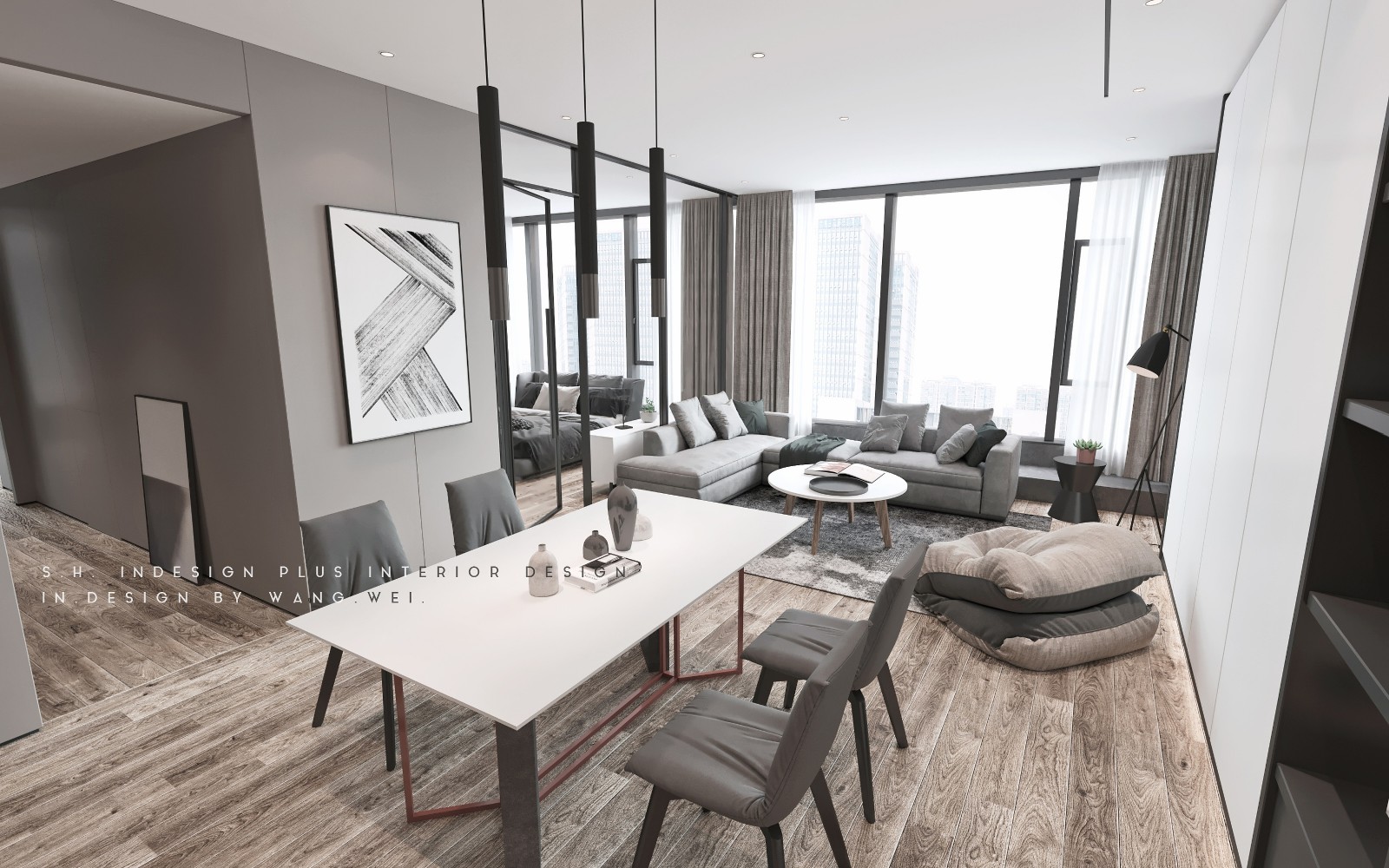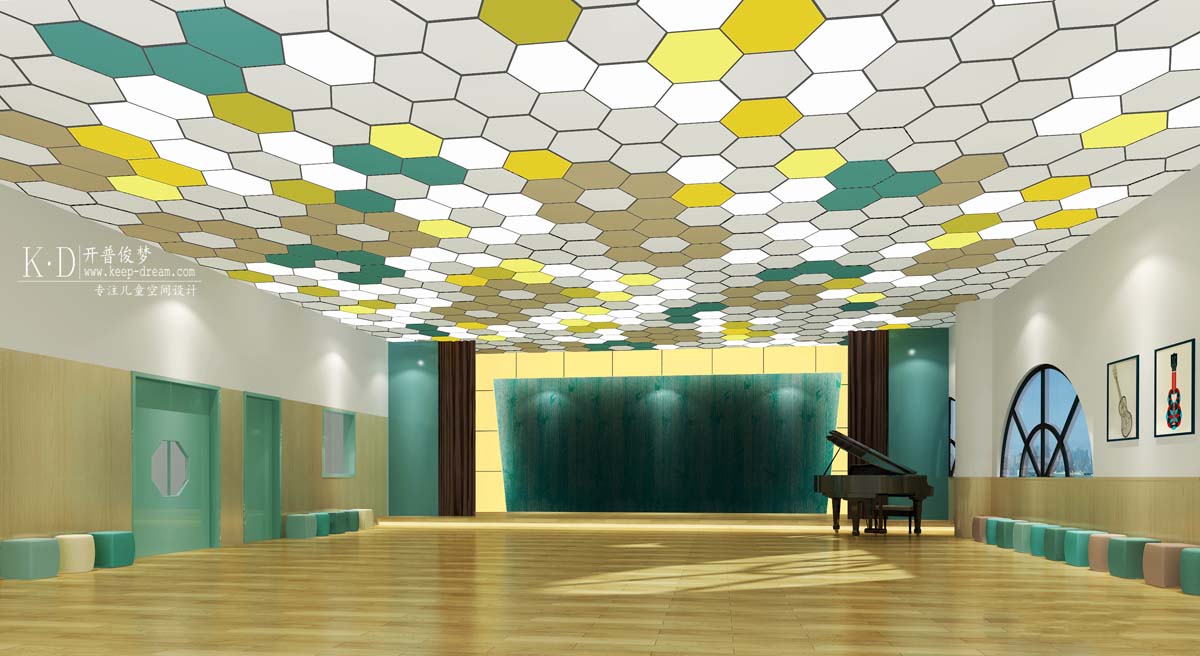SCL – Holzmassivhaus MIND Architects Collective
2016-10-10 04:00
© Nick Frank
尼克·弗兰克


架构师提供的文本描述。Bischofsheim是一个大约12,000人的社区,位于梅因茨、威斯巴登和法兰克福之间的中心郊区。
Text description provided by the architects. Bischofsheim is a community of around 12,000 located in a central suburban area between Mainz, Wiesbaden and Frankfurt.
© Nick Frank
尼克·弗兰克


一个生态的新实木结构(交叉层合木材,由KLH奥地利制造),具有灵活的用途,将建在一个小块地与两个旧车库在一个密集的城镇中心。
An ecological new solid wood structure (cross-laminated timber manufactured by KLH Austria) with flexible usage was to be built on a small plot with two old garages in a densely built up town centre.
© Nick Frank
尼克·弗兰克


客户的梦想也是将他的办公室搬回他所居住的地方,并在一个小空间和一个小村庄里利用现代的、当代的工作(共同工作)的所有城市可能性。此外,预计新的结构将提供成本保障,也是为了以后可能出售或减少办事处的规模。可持续性将是所有领域的一个关键考虑因素。
The dream of the client was also to move his office back to where he lived and to nevertheless take advantage of all the urban possibilities of modern, contemporary work (co-working) in a small space and in a small village. In addition, the new structure was expected to offer cost security, also with a view to a potential later sale or a reduction in the size of the office. Sustainability was to be a key consideration in all areas.
© Nick Frank
尼克·弗兰克


第一步是概述和详细讨论客户的复杂要求,并满足城市发展和建筑规范条例,并利用其潜力。
The first step was to outline and discuss in detail the complex requirements of the client, as well as to meet the urban development and building code regulations and to make use of their potential.


其中一项规定是,新建筑物必须直接建在毗邻建筑物的右边边界,与房屋排在一起。在后方,在边界上的开发需要得到邻国的批准。
One requirement was that the new structure be built on the right boundary directly beside the neighbouring building in line with the housing row. To the rear, approval from the neighbours would have been required for the development on the boundaries.
© Nick Frank
尼克·弗兰克


新建筑必须直接建在街道上,而通往大楼的通道则必须远离马路。
The new structure had to be built directly on the street, while access to the building had to be set back from the road.
© Nick Frank
尼克·弗兰克


设计的指导原则是在小空间内外的灵活性和空间关系。
The guiding principle for the design was flexibility and spatial relations both inside and out within a small space.
建筑物本身的外观是不引人注目但经过仔细考虑的现代简约和材料的减少,允许一个多功能和灵活的外观。这种形式不是抽象的,也不是争取注意的,而是融入城市环境的。
The building itself was to have the appearance of unobtrusive but carefully thought-out modern simplicity and a reduction of materials, allowing a versatile and flexible appearance. A form that is not abstract and that does not fight for attention, but meshes into the urban context.
© Nick Frank
尼克·弗兰克


这座大楼的设计方式使公共和私人房间得以建立起来。这座建筑的中心是书架,三层楼间的一堵墙符合建筑法规的规定,并与邻近的建筑直接相连。
The building was designed in such a way that public and private rooms were created. The heart of the building with its bookshelves filling a wall across three stories fulfilled building code regulations and provided a direct connection to the neighbouring building.
© Nick Frank
尼克·弗兰克


这座建筑向后跳,创建了一个私人的、受保护的内部庭院,在进入大楼时,通过底层从地板到天花板的窗户的透明度打开了视野,并提供了意想不到的视线。
The building jumps back and creates a private, protected inner courtyard, which opens up the view when entering the building through the transparency of the floor-to-ceiling windows on the ground floor and offers unexpected sight lines.
© Nick Frank
尼克·弗兰克


一楼有开放的区域,可以用窗帘隔开,被用作会议、厨房和车间的公共区域。
The ground floor with its open areas, which can be divided with curtains, is used as a common area for meetings, a kitchen and workshops.
Ground Floor Plan


在第一层和第二层,另一方面,为个人开放的办公室提供一种亲密和专注的感觉。中间区域被用作通信区域,建筑物的心脏与其公共存储区域构成中心环节。
The first and second floors, on the other hand, offer the individual open offices a sense of intimacy and focus. The intermediate areas are used as communication areas, with the heart of the building with its communal storage area forming the central link.
© Nick Frank
尼克·弗兰克


从长远的角度来看,内部与其独立的核心是这样一种设计方式,房子可以很容易地转化为纯或部分住宅建筑在任何时候。
From a long-term perspective, the interior with its separate cores is designed in such a way that the house could be easily transformed into a pure or partial residential building at any time.
1st Floor Plan
第1层平面图


有意将木材作为内部和外部的建筑、绝缘和美学材料专用于满足可持续性和简单性的指导原则。
The deliberately exclusive use of wood as a construction, insulating and aesthetic material both inside and out was intended to meet the guiding principles of sustainability and simplicity.
© Nick Frank
尼克·弗兰克




























































Architects MIND Architects Collective
Location Mainz, Germany
Category Houses
Architects in Charge Julia Buschlinger, Jan Dechow
Area 233.0 m2
Project Year 2016
Photographs Nick Frank
Manufacturers Loading...































